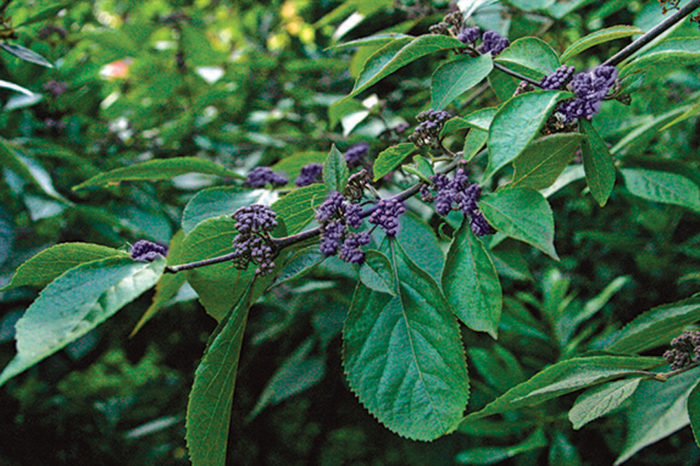
The longer I garden, the more I come to appreciate the beauty, toughness, and benefits of native plants. They provide essential food and foraging requirements for wildlife and are often best suited to local weather conditions. I wouldn’t necessarily call myself a native-plant purist. I believe that finding the right balance is the key, and in some instances, mixing natives with nonnatives (or close relatives) may actually enhance the benefits to wildlife.
See more about gardening for wildlife.
‘Lionel Fortescue’ Oregon grape
Name: Mahonia × media ‘Lionel Fortescue’
USDA Hardiness Zones: 8 to 9
Wildlife highlight: Birds adore the flowers and berries. The blossoms provide overwintering hummingbirds an important source of nectar.
Redtwig dogwoods
Name: Cornus sericea and cvs.
Zones: 3 to 8
Wildlife highlight: They have bird-friendly berries.
Pacific wax myrtle
Name: Myrica californica
Zones: 7 to 10
Wildlife highlight: The clusters of tiny berries are a favorite food source for several species of birds, especially warblers.
Flowering currant
Name: Ribes sanguineum
Zones: 6 to 8
Wildlife highlight: The flowers are valued by bees as an early source of nectar, while the fruit are a good food source for many species of birds.
Salal
Name: Gaultheria shallon
Zones: 6 to 8
Wildlife highlight: The berries are consumed by everything from small mammals to songbirds. Hummingbirds readily use the flowers as a source of nectar.
American beautyberry
Name: Callicarpa americana
Zones: 5 to 8
Wildlife highlight: The large clusters of purple berries are eaten by wildlife as a last resort in late winter.
Photos: Danielle Sherry

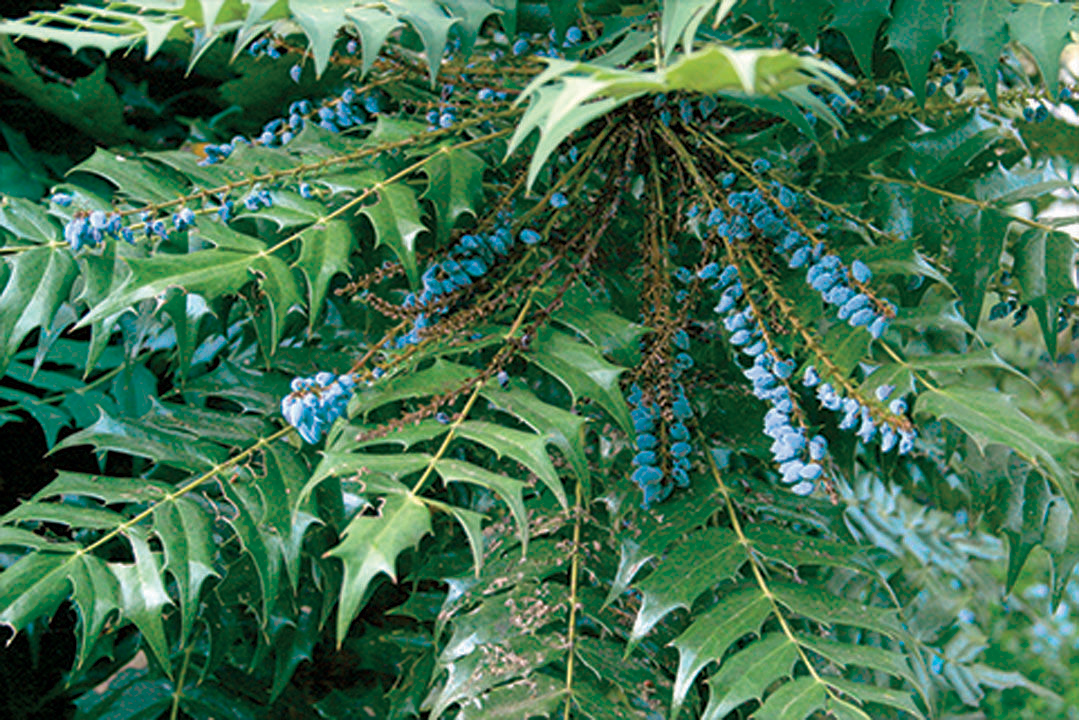

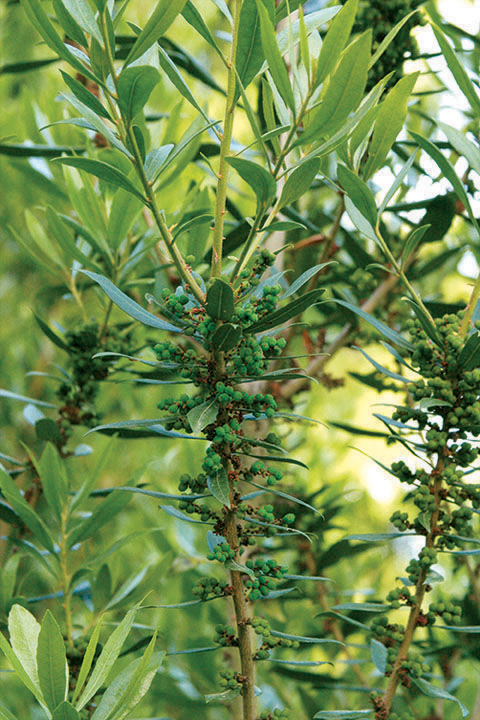
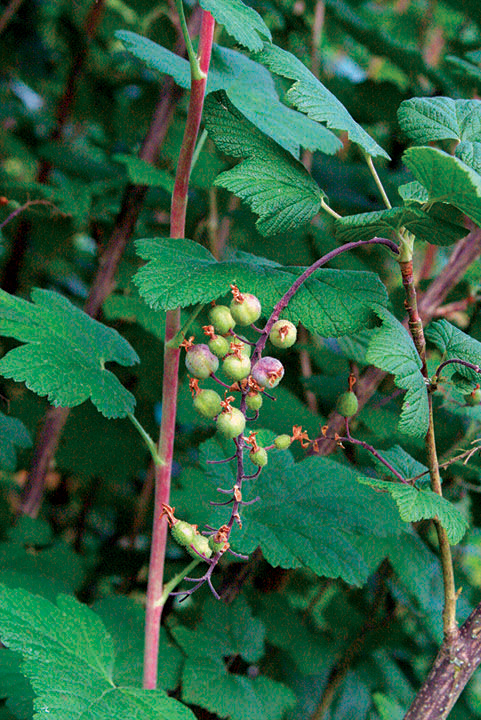
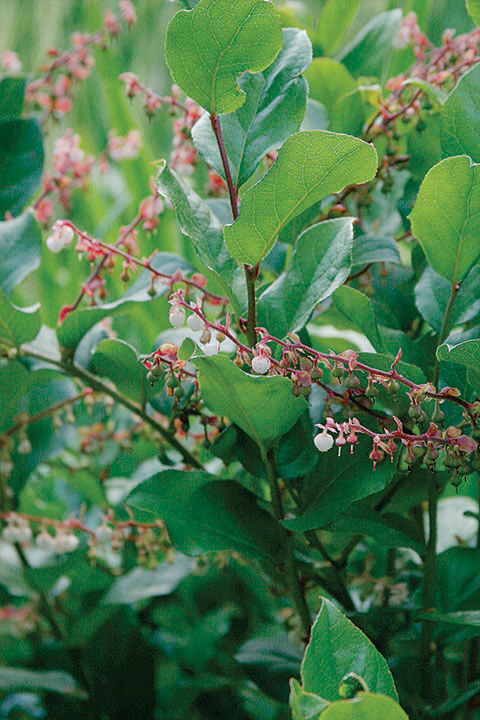
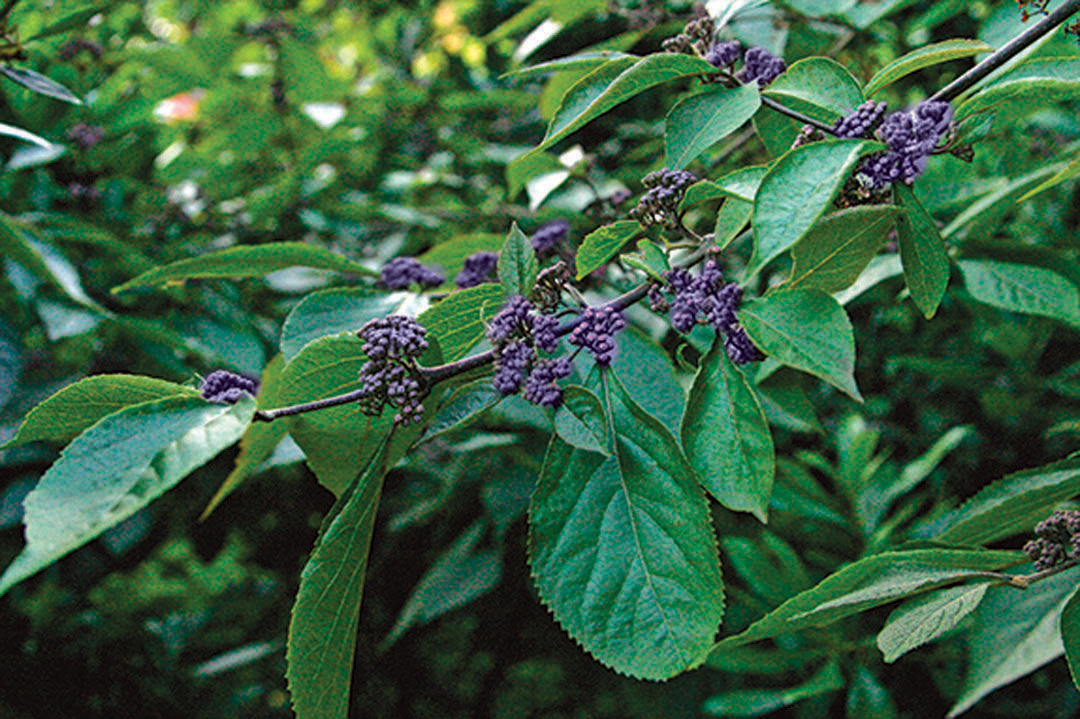
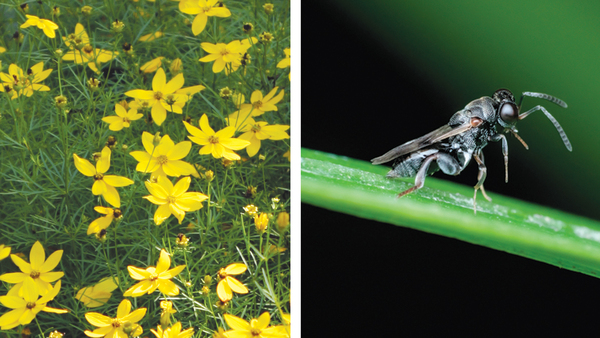
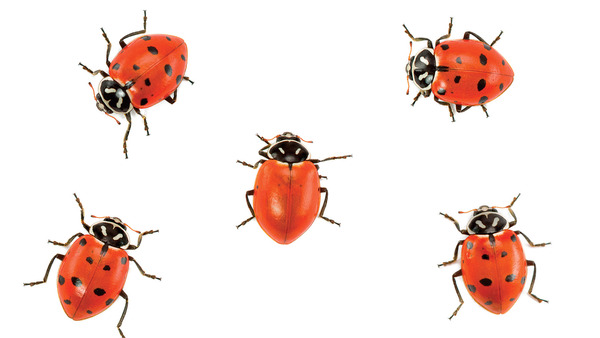














Comments
Nice article. Always good to support little creatures in the garden.
Log in or create an account to post a comment.
Sign up Log in